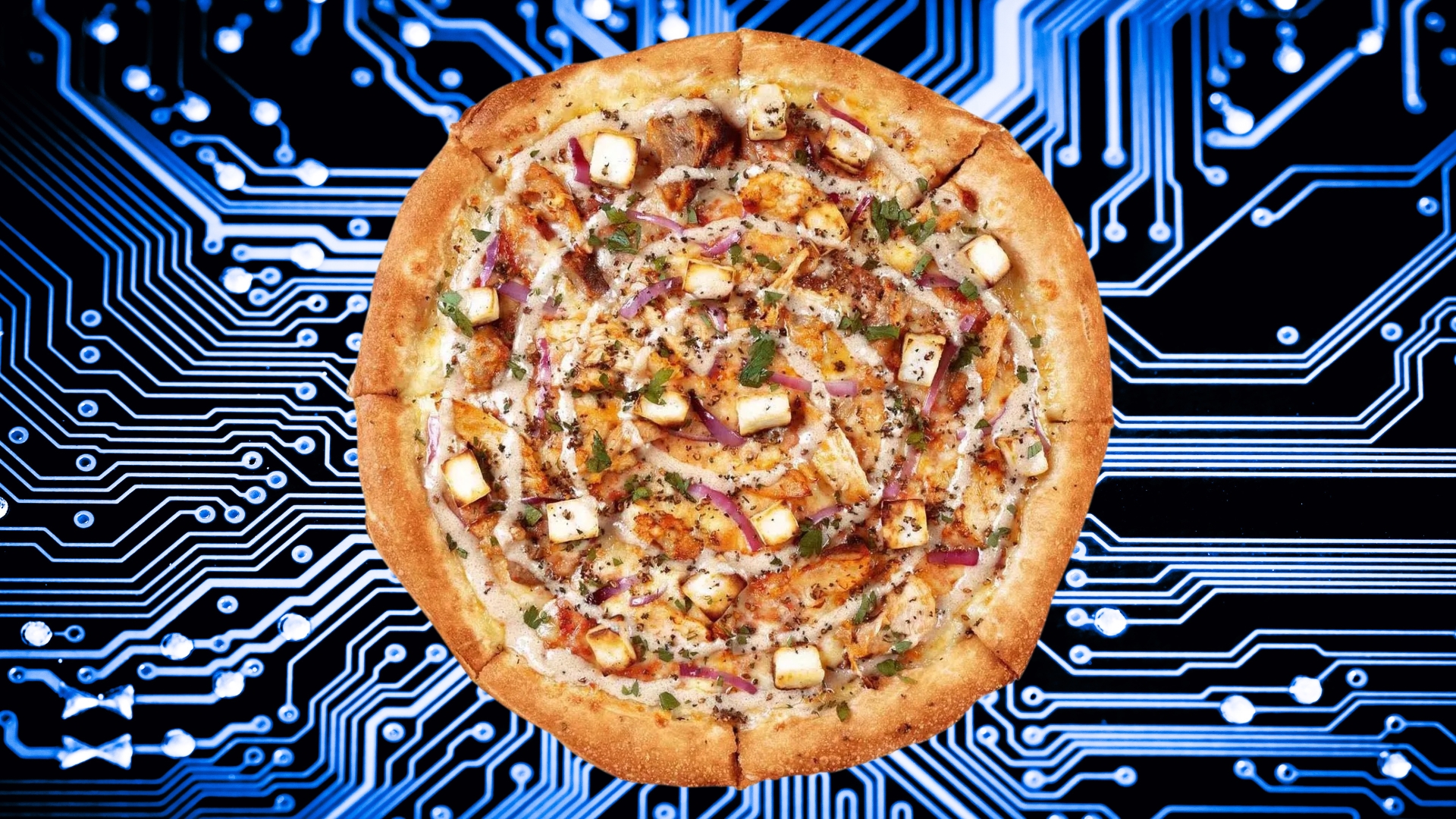ChatGPT kept giving me bland dinner recipes until I showed it the kind of meals I actually like
Spicing up AI ideas

One of the first tests I gave ChatGPT when it came out was to see what kind of recipes it could come up with. It's a popular use for the AI chatbot, as "what should I eat tonight?" is a perennial source of stress for many people.
Oddly, though, based on nothing but my request for a recipe involving certain ingredients or styles of cooking, ChatGPT somehow decided I was afraid of flavor. The AI seemed to assume my spice rack contained nothing spicier than tap water. Grilled chicken with no seasoning, pasta with nothing but olive oil, it was a menu designed to put my palate to sleep.
I might have thought it a fluke the first or second time. Maybe the AI was just playing it safe, but no, that was consistently the default option for ChatGPT when asked for things like "a good dinner with chicken?” or “easy vegetarian meals." And it wasn't just about health. There were recipes with a disturbing amount of butter or mild cheddar cheese, yet paprika may as well not exist.
How to spice things up? Well, ChatGPT has eyes of its own. It can examine images and interpret them, including analyzing a plate of food to identify at least some of the ingredients or potential spice profiles. So, I uploaded a few of my favorite and spiciest examples of meals, like Thai noodles, Moroccan chicken, and enchiladas packed with chiles. “Hey,” I typed, “these are the kinds of meals I like. Can you suggest dinner ideas in these styles?”
Without admitting fault, ChatGPT suddenly opened the door to flavor. Recipes for grilled harissa chicken with preserved lemon couscous appeared. Then, a delightful recipe for Gochujang rice bowls with quick-pickled cucumbers and crispy shallots, followed by one for black garlic noodles with miso butter and bok choy. Now, my meal plan looked a lot more delicious for the week.
Start by uploading a few photos of meals you love. Add a sentence or two about why. The spice level, the vibe, even the number of dishes you’re willing to wash. And suddenly, you go from grilled chicken and broccoli to something with real depth of flavor.
A feast for the senses
This all might sound a little dramatic for weeknight dinner, but here’s the thing: food is personal. So is the way you cook. When ChatGPT doesn’t know what kind of cook you are, it fills in the blanks with stuff that statistically works for most people.
Sign up for breaking news, reviews, opinion, top tech deals, and more.
That means mild, middle-of-the-road, crowd-pleaser meals. However, when you get specific, especially with images, the model responds in kind. You’re curating your own flavor profile.
Furthermore, this doesn’t just apply to cooking. If you want interior design ideas, upload a photo of a room you like and ask for help to recreate it with cheaper furniture. There’s a lesson here, and it’s not just to make sure the AI knows you like hot sauce. It's when you show up with specifics and photos that AI can be more useful than a traditional search engine.
The truth is, AI chatbots don't know what you want until you show it. Showing doesn't have to mean literally in images, of course. You can paint a vivid picture in words, but it's still a form of showing.
With ChatGPT, the more context you give it, the more context it gives back. Upload a photo of your ideal dinner and a short note like “I love bold flavors, spice, and a little messiness,” and suddenly it’s asking if you want zhug or toum on your sandwich (Yes).
You might also like
- I built a personalized version of Super Mario-like game in seconds using Claude, and you can play it right now for free - here's how you can create your own game without coding
- Are you worried about AI? It's about to get worse as study shows people now speak like ChatGPT
- Did ChatGPT ruin the em dash? Here’s how to stop it from putting them everywhere

Eric Hal Schwartz is a freelance writer for TechRadar with more than 15 years of experience covering the intersection of the world and technology. For the last five years, he served as head writer for Voicebot.ai and was on the leading edge of reporting on generative AI and large language models. He's since become an expert on the products of generative AI models, such as OpenAI’s ChatGPT, Anthropic’s Claude, Google Gemini, and every other synthetic media tool. His experience runs the gamut of media, including print, digital, broadcast, and live events. Now, he's continuing to tell the stories people want and need to hear about the rapidly evolving AI space and its impact on their lives. Eric is based in New York City.
You must confirm your public display name before commenting
Please logout and then login again, you will then be prompted to enter your display name.